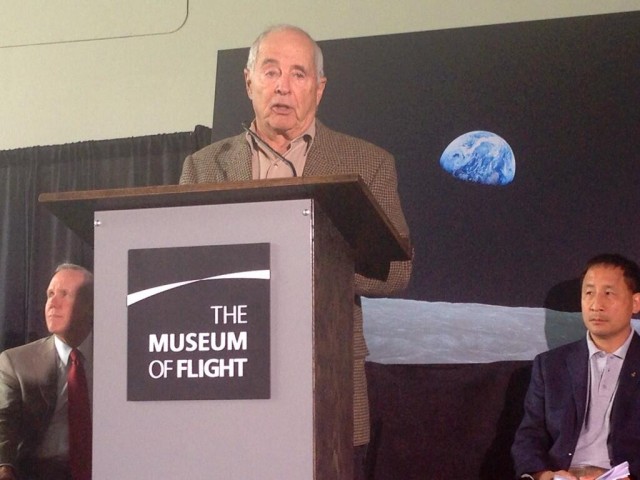Ex-astronauts plan to launch an asteroid-tracking satellite
Ars Technica » Scientific Method 2014-04-23

On Tuesday, with Earth Day as a backdrop, the B612 Foundation started its presentation about asteroid detection with enough material to fill out an apocalyptic sci-fi film. An introductory video mapped out 26 nuclear-bomb-level impacts recorded on Earth in the last 13 years, a few of which were measured as larger than the one that leveled Hiroshima. After that, a supplementary video showed thousands of dots whirling around the Solar System like fireflies, each dot representing an asteroid that has been tracked by NASA. "There are at least 100 times as many [asteroids] out there," B612 reps said.
Next to the projector's screen sat a cardboard kiosk with a grotesque image: an asteroid about to crash into a giant football stadium. Earth Day? More like Kiss-Earth-Goodbye Day!
“The current strategy to deal with asteroid impacts is blind luck,” former NASA astronaut Dr. Ed Lu said, hinting at a lack of effort from NASA and other space agencies. “But we can change that.”
Read 11 remaining paragraphs | Comments